Don’t be fooled by these five healthy sounding foods that actually don’t offer much nutrition at all.
There are many reasons to eat food. Not all of them have to do with health. Sometimes, a delicious piece of chocolate cake is just what the doctor ordered. But eating something you think is nutritious but actually isn’t. That’s a different story. Some foods sound nutritious when really they don’t provide many nutrients at all. Check out these five foods that sound healthier than they actually are.
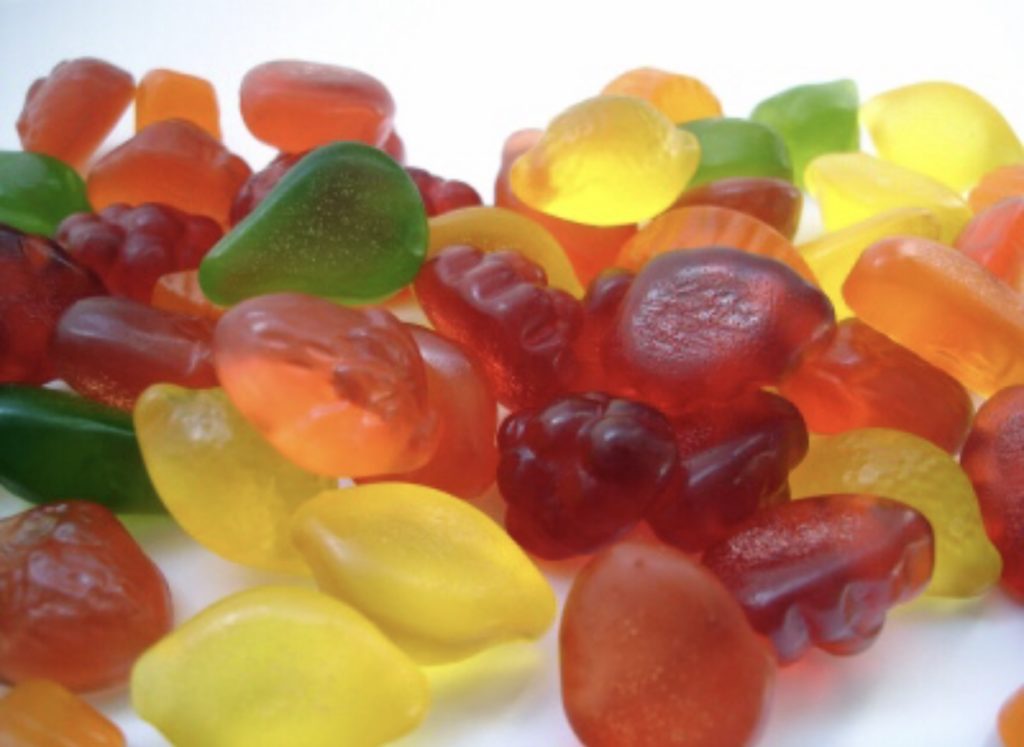
Fruit Snacks
With the first ingredient fruit concentrate puree, they may seem like a healthy choice. But fruit snacks are not necessarily made from fruit. Many are formulated from fruit juice concentrate. That means they have plenty of sugar, but no fiber, phytochemicals, vitamins and minerals like whole fruits have. Many varieties also contain additives, artificial flavors and artificial colors. So while they taste good, they aren’t actually good for you.
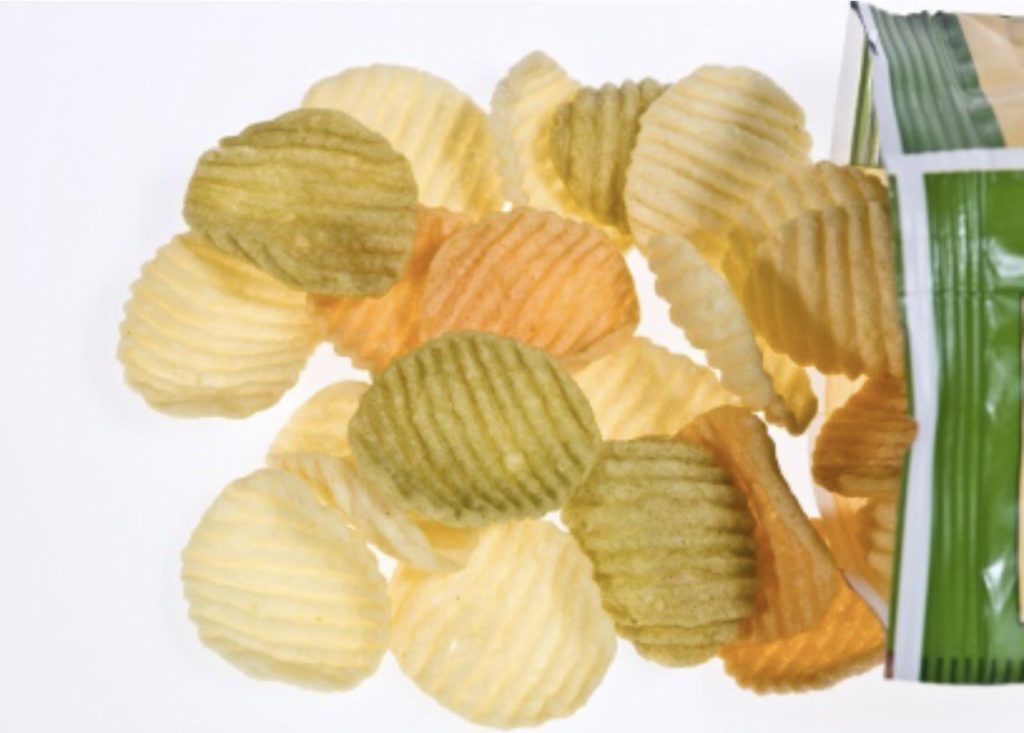
Veggie Chips
Veggie sticks sound like an easy way to get more veggies, but that’s not actually the case. The main ingredient in most veggie sticks, crisps and chips is potato or corn flour. They have only a little vegetable powder or puree. In all actuality, they are not much different than regular potato chips. The sodium content is another concern. Some varieties of veggie chips and sticks contain more sodium than regular potato chips.
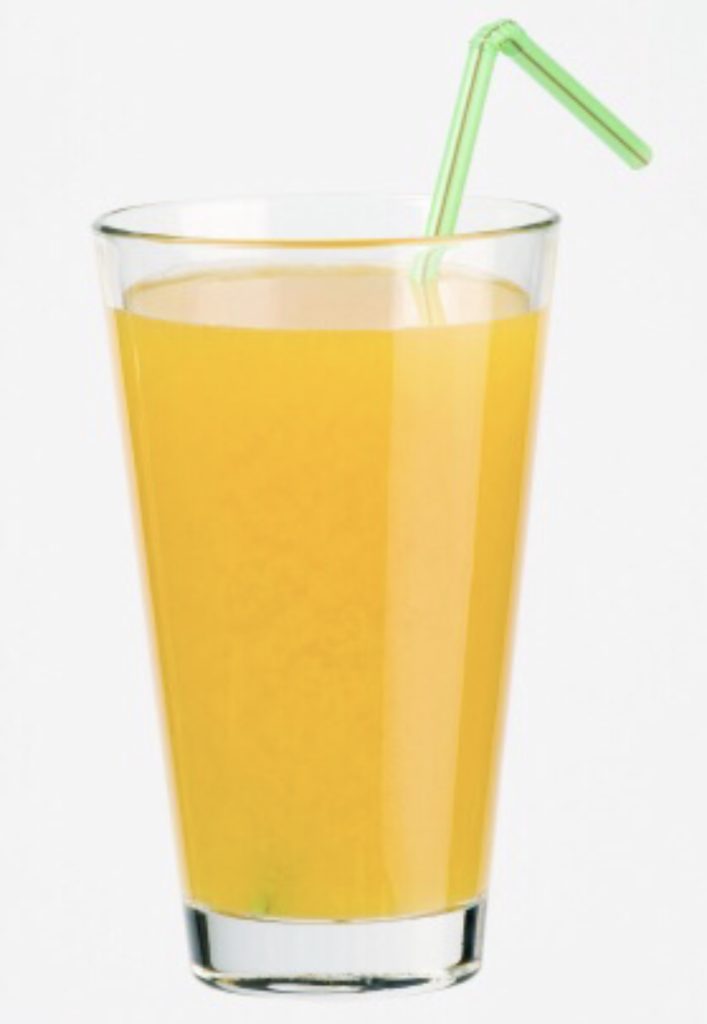
Fruit Juice
Juice made from 100% fruit is an easy way to increase the vitamin C in your diet. It’s also is a great source of potassium. The problem is, it doesn’t fill you up the same way fruit does. And, it’s easy to over do it. Fruit juice provides a concentrated source of sugar, but it lacks the fiber that helps promote feeling of fullness. The serving size for most juice is ½ cup or 4-ounces. That amount is equivalent to a small or medium piece of fruit. But, it’s a lot easier to gulp down 12-ounces of orange juice than it is to eat 3 oranges. If you love juice, have it but be mindful of how much you pour. Juice is a great if you’re trying to increase your daily calorie intake without feeling full.
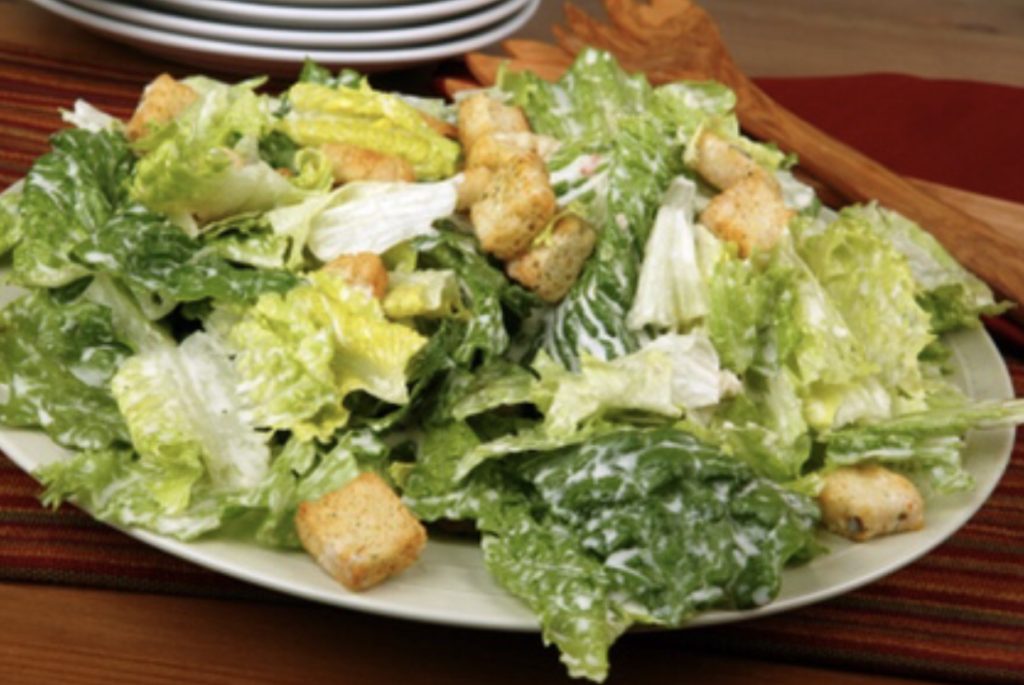
Caesar Salad
It’s a salad, but don’t let that fool you. Caesar salads are often made with only four ingredients – Romaine lettuce, croutons, Parmesan cheese and Caesar dressing. But, the calories and fat in those add up fats. One small salad can easily provide 300-400 calories and 25-30 g fat. Larger, entrée-sized salads often have a lot more. The real culprit is the salad dressing. Two-tablespoon of Caesar dressing alone is ~120 calories, 12 grams of fat, 2.5 grams saturated fat, and 380 milligrams of sodium. And many people add double that amount. Just 1/2 cup of croutons contains ~100 calories and 1/4 cup of shredded Parmesan provides another 100 calories. The bigger issue is that not one of those ingredients is nutrient-rich. If you love Caesar salad, eat it because it’s delicious, not because it’s nutritious.

Multi-Grain Bread
Multi-grain bread may sound full of whole grain goodness, but not all multi-grain breads contain whole grains. Many are made with refined grains and lack the heart-healthy benefits of the whole grain. To be sure you are getting the best bread for your buck, read the ingredients list. Look for the words “whole grain” or “whole wheat” to make sure you are actually getting a whole grain bread. If the ingredient is listed as bleached wheat or unbleached enriched wheat flour, you are not getting 100% whole grains with your bread selection. Read more about how to find whole grains here.
Are you surprised by the lack of nutrients in any of these healthy sounding foods?
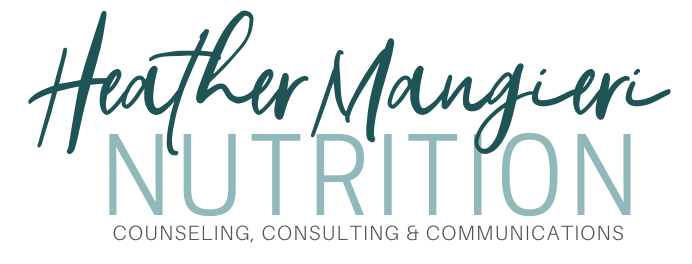

 Hi, I’m Heather – a registered dietitian, busy mom, consultant, adventure junkie and travel addict who has mastered living healthy on the go. My blog is where I share simple recipes and healthy living tips to help and inspire others to live their best life.
Hi, I’m Heather – a registered dietitian, busy mom, consultant, adventure junkie and travel addict who has mastered living healthy on the go. My blog is where I share simple recipes and healthy living tips to help and inspire others to live their best life.